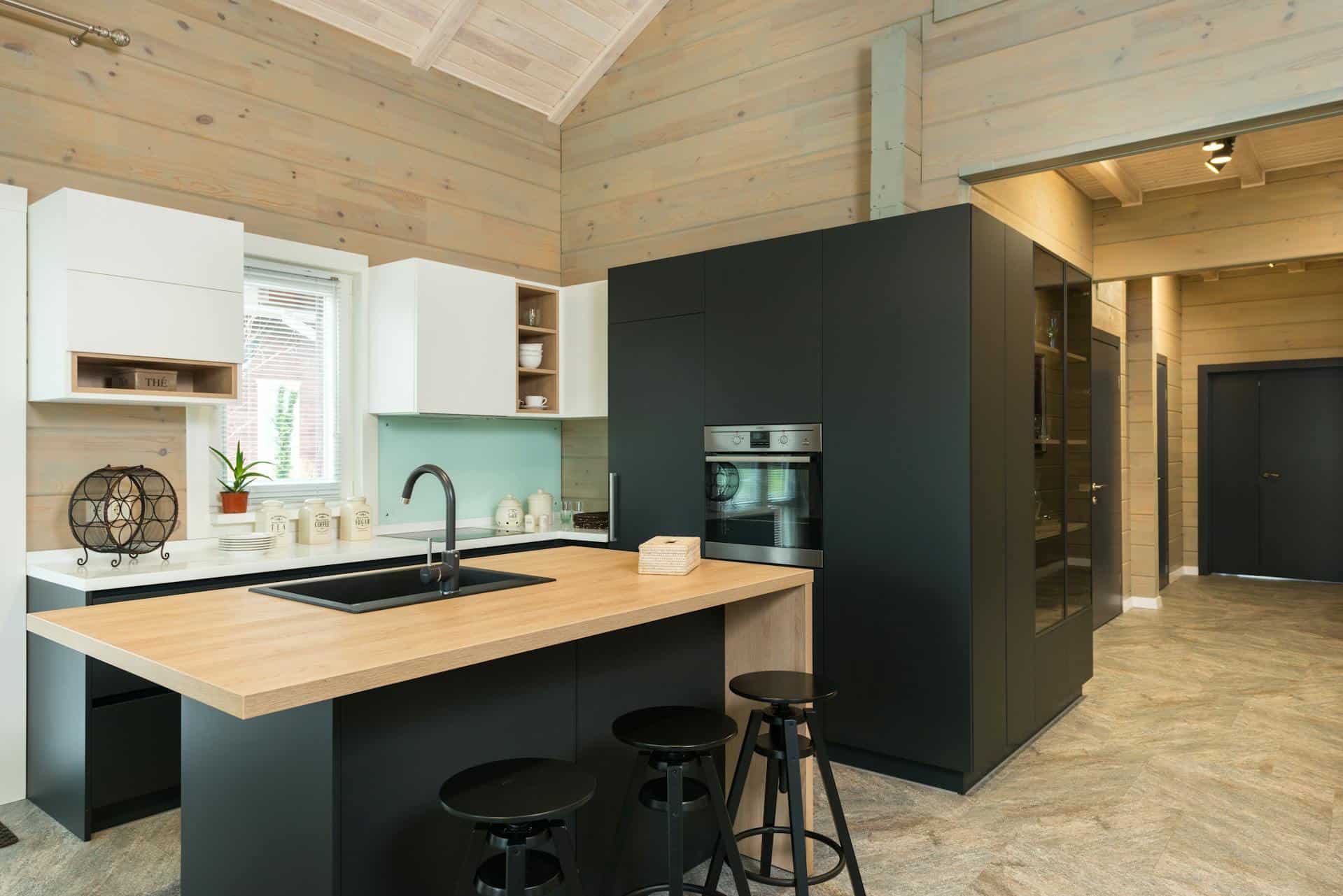
Question: Can You Replace a Built in Fridge?
Answer: Yes, you can replace a built-in fridge. Measure the existing fridge’s cutout dimensions carefully before purchasing a new one to ensure it fits.
Replacing Your Built-in Refrigerator
Built-in refrigerators offer a sleek, integrated look in kitchens. They fit seamlessly into cabinetry, creating a unified design. But what happens when your built-in refrigerator needs replacing? This question arises frequently for homeowners. Many worry about the difficulty and expense of replacing these integrated appliances. This article addresses common concerns about built-in refrigerator replacement. We’ll explore the process, discuss important considerations, and provide helpful tips for a successful replacement. This guide offers practical advice for homeowners considering this project. You will learn valuable information to help you make informed decisions. We’ll cover measuring, finding the right model, and installation considerations. Understanding these key aspects will simplify the process and help you achieve the desired outcome.
Replacing a built-in refrigerator requires careful planning and execution. This guide provides the steps to ensure a smooth and successful replacement process. You will discover how to select the correct size refrigerator for your space. We’ll also explore different refrigerator features and energy efficiency ratings. Additionally, we’ll highlight the importance of professional installation for optimal performance and safety. By following the guidance in this article, you can confidently replace your built-in refrigerator with ease.
Assessing Your Current Refrigerator
Begin by evaluating your current refrigerator’s condition. Note any problems, such as inadequate cooling or excessive noise. This assessment helps determine the urgency of the replacement. Document the make, model, and dimensions of your current refrigerator. These details prove essential when searching for a replacement. Take accurate measurements of the existing refrigerator alcove. Measure height, width, and depth carefully. Precise measurements ensure the new refrigerator fits perfectly.
Consider the available space in your kitchen. Account for door swing clearance and ventilation requirements. A successful replacement depends on accurate space assessment.
Evaluate the Refrigerator’s Features:
Identify features you value and wish to retain in the new model. These could include ice makers, water dispensers, or specialized compartments.What is Your Current Refrigerator’s Capacity?
Figure out if the current size meets your household needs or if you require a larger or smaller model.
Click the link to learn more about Blue Kitchen Refacing
Related Article: Can You Make a Normal Fridge Built-In?
Related Article: Can You Use a Built-In Fridge as a Stand-Alone?
Preparing for Installation
Before installation, disconnect the power supply to your old refrigerator. Turn off the water supply if your model includes an ice maker or water dispenser. Remove all food items and clean the interior of the old refrigerator. Empty the ice bin if applicable. Remove any obstructions from the refrigerator alcove. This ensures easy access for the new appliance.
Arrange for professional installation to avoid potential damage or safety hazards. Qualified installers possess the expertise to handle the process correctly. Protect your flooring and surrounding cabinetry during installation. Use drop cloths or cardboard to prevent scratches and dents. Confirm delivery and installation timelines with the retailer or installer. Ensure you are available to oversee the process and address any questions.
Installing the New Refrigerator
The installers will carefully position the new refrigerator in the alcove. They will connect the water line (if applicable) and ensure proper ventilation. They will also check the door alignment and make adjustments as needed for a perfect fit. After installation, inspect the new refrigerator for any damage or defects. Test all features to ensure proper functionality. The installers should remove the old refrigerator and packaging materials upon completion. Verify the temperature settings and adjust them to your preferred levels. Allow the refrigerator to cool down to the set temperature before loading it with food.
Contact the installer or retailer immediately if you encounter any issues. Retain the warranty information and installation documentation for future reference. Clean the exterior of your new refrigerator regularly to maintain its appearance. Follow the manufacturer’s instructions for cleaning and maintenance to ensure optimal performance and longevity.
Maintaining Your New Appliance
Regular maintenance extends the life of your new built-in refrigerator. Clean the condenser coils regularly to ensure efficient operation. Consult your owner’s manual for the recommended cleaning frequency and procedure. Replace the water filter as needed if your model includes a water dispenser or ice maker. Check the door seals periodically and replace them if they become worn or damaged. Damaged seals can lead to energy loss and increased operating costs.
Avoid overloading the refrigerator, as this can restrict airflow and hinder cooling efficiency. Organize your refrigerator to optimize space utilization and facilitate easy access to items. Maintain proper temperature settings to prevent food spoilage and ensure optimal performance. Contact a qualified technician for repairs if you experience any issues with your refrigerator. Attempting DIY repairs could void the warranty or exacerbate the problem.
Conclusion – Can You Replace a Built in Fridge?
Replacing a built-in refrigerator may seem challenging, but with careful planning and execution, it can be a straightforward process. By following the steps outlined in this article, you can confidently select and install the perfect replacement for your kitchen. Begin by assessing your current refrigerator’s condition and measuring the alcove dimensions accurately. Thorough preparation simplifies the selection and installation process. Research available models, comparing features and prices to find the ideal fit for your needs and budget.
Prioritize energy efficiency and consider panel-ready options for a seamless integration with your cabinetry. Professional installation is important for a successful replacement. It ensures proper ventilation, water line connection, and door alignment. Regular maintenance is essential for preserving the longevity and performance of your new appliance. By following these guidelines, you can replace your built-in refrigerator with ease and enjoy a stylish, functional kitchen for years to come.

Blue Malue Get in touch with Blue here.
